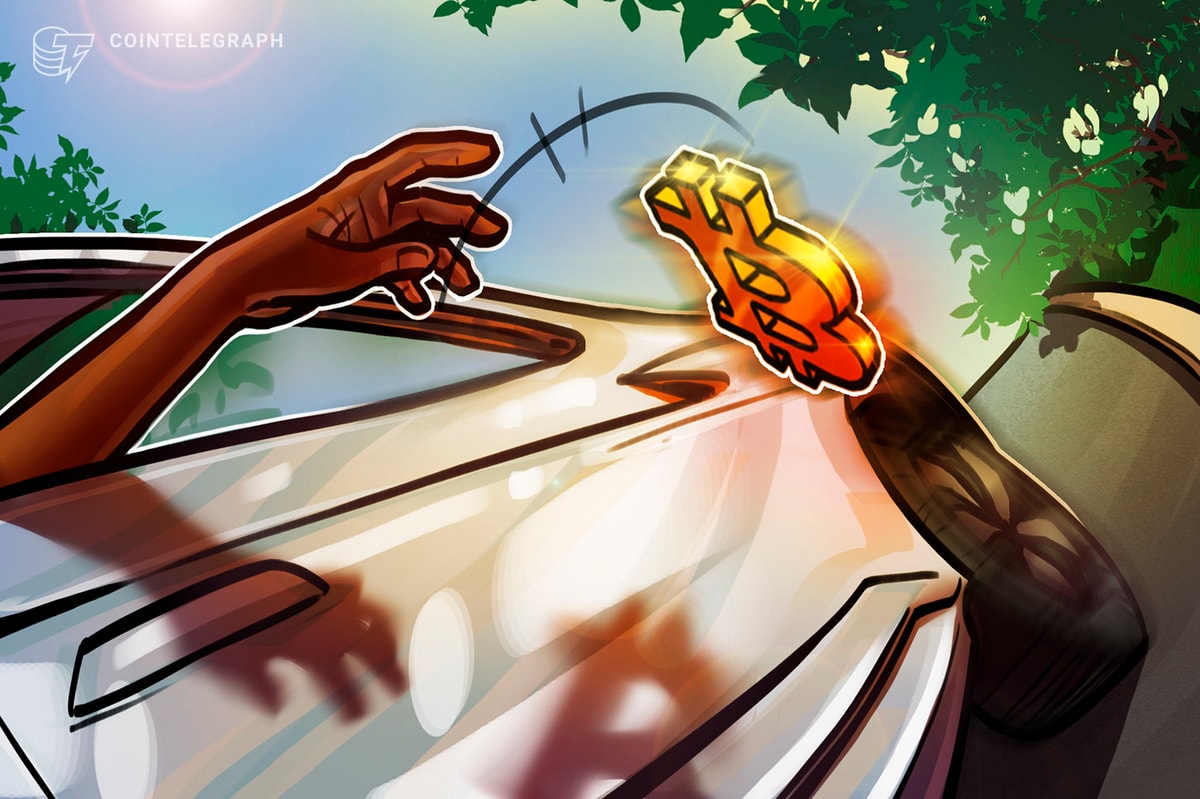High home prices and mortgage rates have created unaffordable conditions for many Americans, but the housing market’s ability to create more wealth has sputtered.
That’s because even as home prices continue to hover around record levels, they are also edging lower and lagging behind the rate of inflation, which has heated up amid President Donald Trump’s tariffs.
“For the first time in years, home prices are failing to keep pace with broader inflation,” said Nicholas Godec, head of Fixed Income Tradables & Commodities at S&P Dow Jones Indices, in a statement on Tuesday. The last time that happened was mid-2023.
The latest S&P Cotality Case-Shiller home price data showed that the 20-city index fell 0.3% in June from the prior month, marking the fourth consecutive monthly decline.
On an annual basis, the 20-city composite was up 2.1%, down from a 2.8% increase in the previous month, and the national index saw a 1.9% yearly gain, down from 2.3%. Meanwhile, the consumer price index rose 2.7% in June from a year ago.
“This reversal is historically significant: During the pandemic surge, home values were climbing at double-digit annual rates that far exceeded inflation, building substantial real wealth for homeowners,” Godec added. “Now, American housing wealth has actually declined in inflation-adjusted terms over the past year—a notable erosion that reflects the market’s new equilibrium.”
Weak prices suggest underlying housing demand remains muted, he said, despite the spring and summer historically being the peak period for homebuying.
In fact, this year’s selling season has been a bust. While sales of existing homes have ticked up recently, they are still subdued and prices are flat. In addition, sales of new homes are slumping with prices down.
Conditions have been so dire that Moody’s Analytics chief economist Mark Zandi sounded the alarm on the housing market even louder last month.
In Godec’s view, the recent shift in the housing market could represent a new normal—but one that also has a positive angle.
“Looking ahead, this housing cycle’s maturation appears to be settling around inflation-parity growth rather than the wealth-building engine of recent years,” he said.
That’s as pandemic-era hot spots in the Sun Belt have cooled off with demand increasingly tilting toward established industrial centers that enjoy sustainable fundamentals like employment growth, greater affordability, and favorable demographics.
“While this represents a loss of the extraordinary gains homeowners enjoyed from 2020-2022, it may signal a healthier long-term trajectory where housing appreciation aligns more closely with broader economic fundamentals rather than speculative excess,” Godec added.
Meanwhile, analysts at EY-Parthenon sounded gloomier about the housing market in a report that also came out on Tuesday, predicting that home prices will turn negative on an annual basis by year-end due to low demand and rising inventories.
Home listings are up 25% from a year ago, and inventories have risen for 21 consecutive months. Homebuilders are also cautious given that demand is under pressure and construction costs are still elevated.
“Looking forward, the housing market is expected to stay stagnant, as slowing income growth and persistently high borrowing costs continue to limit demand,” the EY report said. “While proposed changes to the regulatory environment can help improve builder sentiment, elevated construction costs due to higher tariffs along with ample inventories will continue to constrain construction activity.”
Source link
